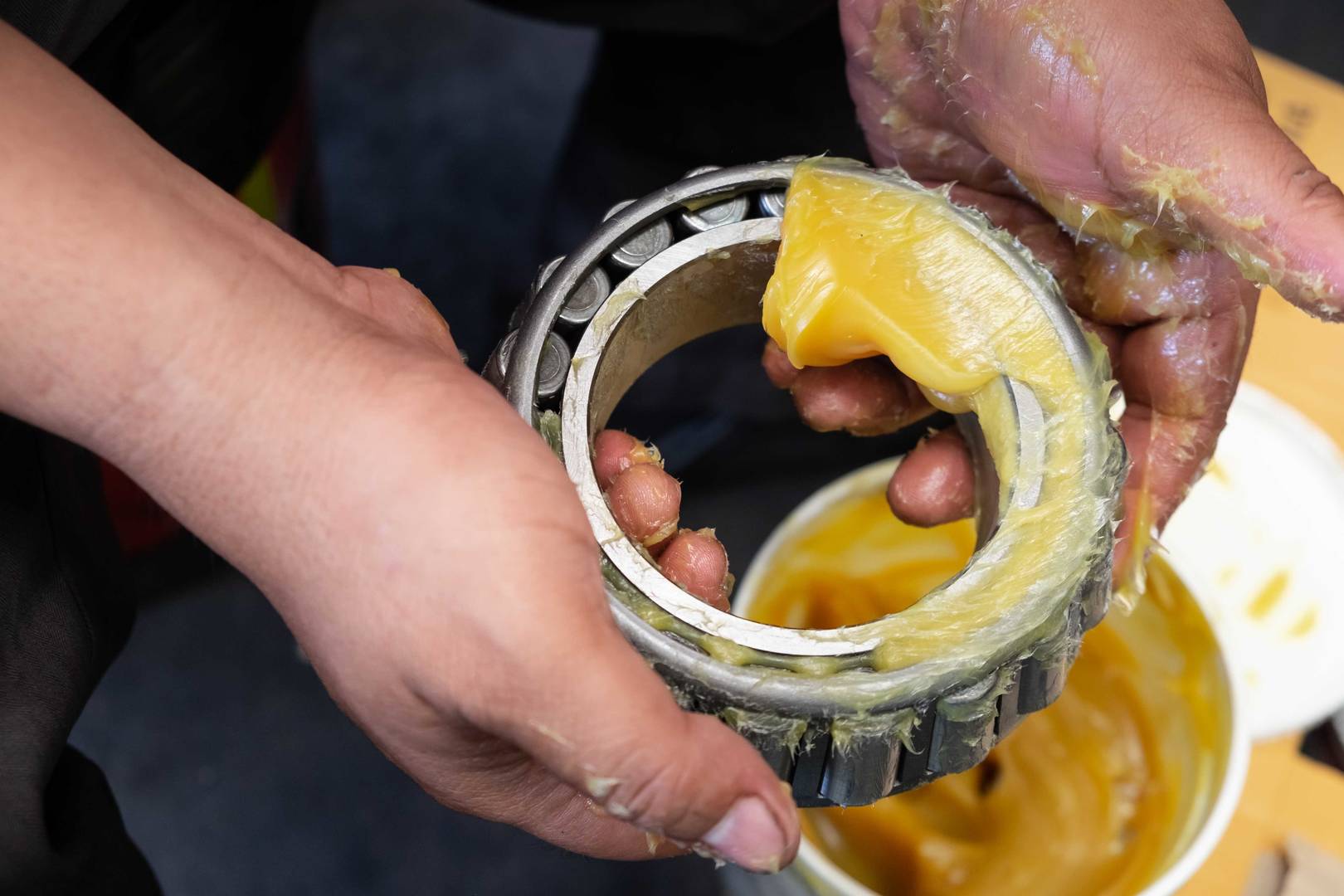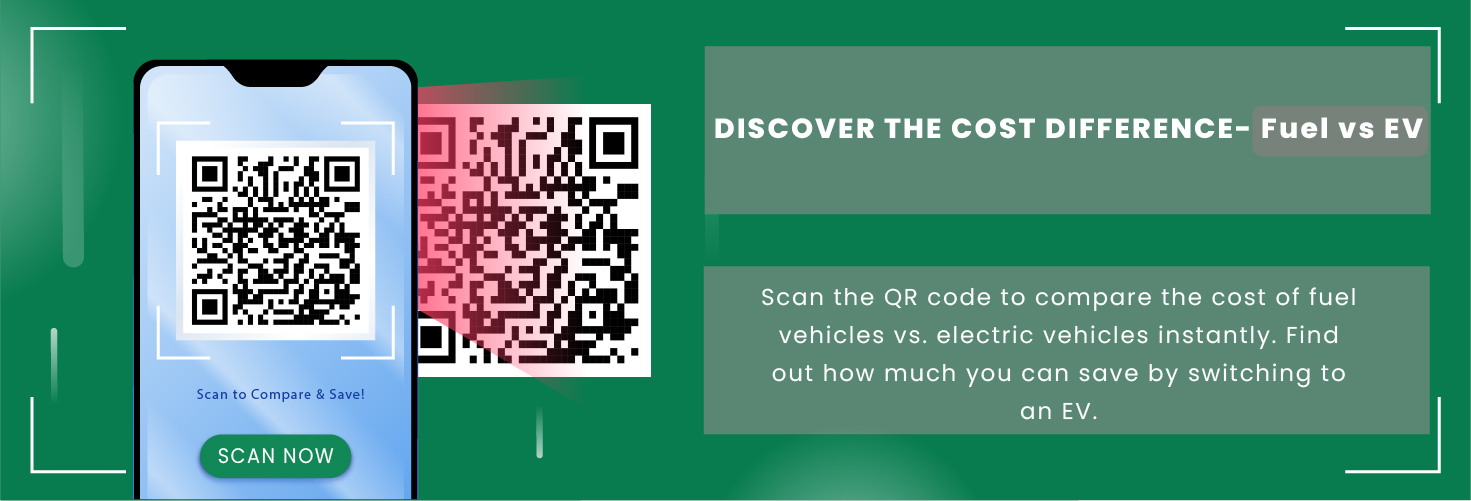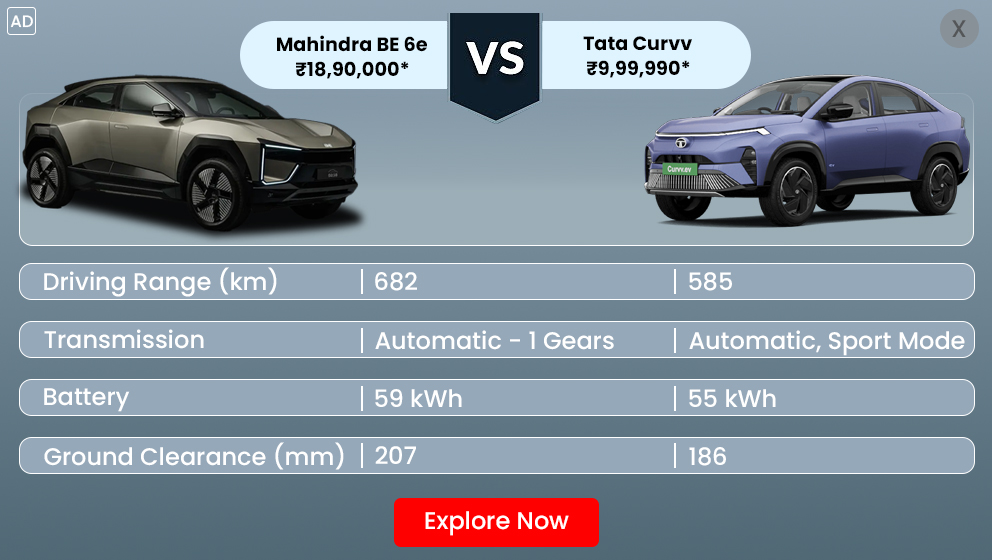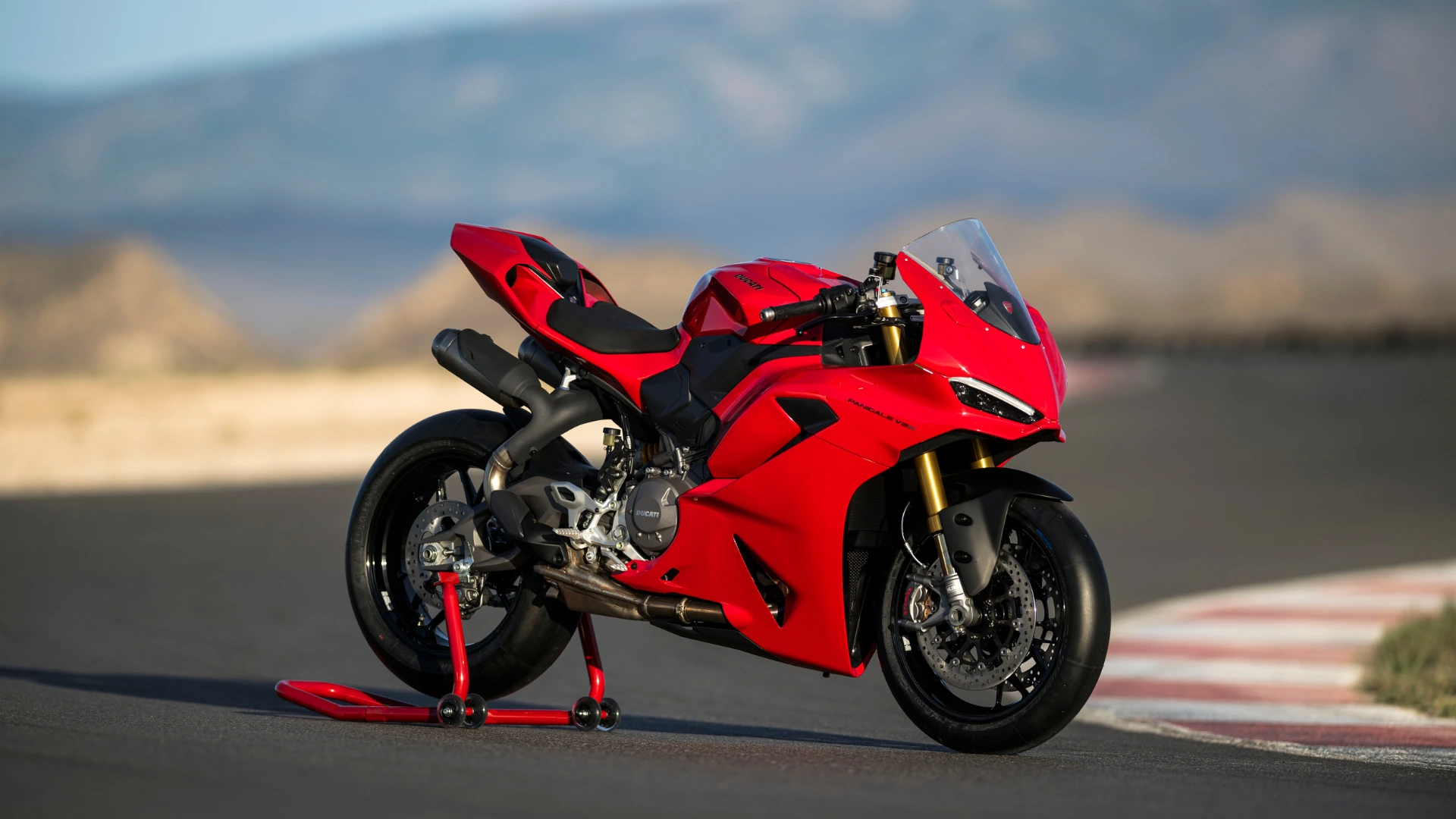In the world of automobiles, maintaining smooth and reliable performance depends on one crucial factor, Grease Lubrication. From wheel bearings and chassis joints to steering systems and suspension components, the right grease ensures longevity, safety, and efficiency for every moving part of a vehicle.
As vehicles become more advanced, Grease Lubrication has evolved far beyond traditional oiling methods. Modern automotive greases now deliver superior protection against wear, corrosion, and temperature extremes, ensuring that every journey remains smooth and trouble-free. Understanding the types of grease, their applications, and maintenance best practices is key to keeping your vehicle at peak performance.
What Is Grease Lubrication?

Grease Lubrication is the process of using a semi-solid lubricant composed of oil, thickener, and additives to minimize friction and wear in automotive components. Unlike oil, grease stays in place, offering a protective coating that resists leakage, vibration, and contamination.
In vehicles, it’s commonly used in bearings, joints, gears, and chassis parts, where relubrication is not frequent or easy. The thick consistency ensures it clings to surfaces, providing continuous protection even in high-load or high-temperature environments.
Best Practice:
- Always check your vehicle manufacturer’s specifications.
- Clean old grease before applying a new type.
- Use grease guns for precise and controlled application.
Why Use Grease Over Oil in Vehicles?
In automotive maintenance, certain components perform better with grease than oil. Here’s why:
- Long-Term Protection: Grease adheres to surfaces and doesn’t drip away, ideal for hard-to-reach parts.
- Better Seal Protection: Keeps out dust, debris, and water from sensitive components.
- Ideal for High Load Areas: Grease Lubrication systems are preferred for wheel bearings and suspension joints that handle heavy stress.
- Reduced Maintenance: Once applied, it remains effective over longer intervals compared to oil.
- Improved Temperature Stability: Specialized greases, such as synthetic grease, perform well in both extreme heat and cold.
Types of Grease Used
Choosing the right types of grease ensures proper vehicle performance and durability. Each formulation has specific benefits suited for different automotive components:
- Lithium Grease
- Most commonly used in automobiles for wheel bearings and chassis lubrication
- Excellent mechanical stability and water resistance.
- Withstands high temperatures and provides corrosion protection.
- Calcium Grease
- Ideal for vehicles exposed to moisture or water-prone conditions.
- Commonly used in marine vehicles or off-road SUVs for corrosion prevention.
- Polyurea Grease
- Known for its long life and high-temperature resistance.
- Preferred for electric motors, alternators, and fan bearings in modern cars.
- Complex Soap Grease
- Designed for high-speed wheel bearings and industrial-grade vehicles.
- Offers better shear stability and higher dropping points.
- Synthetic Grease
- Delivers top performance under extreme temperature and load variations.
- Excellent choice for modern vehicles that demand extended service intervals.
Key Features of Grease Lubrication
Automotive grease is engineered to meet the tough demands of modern driving. Here are its defining features:
- High Temperature Stability: Suitable for engines and brake systems that generate heat.
- Water Resistance: Protects critical components during rain or water crossings.
- Extreme Pressure Performance: Perfect for suspension joints and gear applications.
- Corrosion Protection: Prevents rust and oxidation in metallic parts.
- Viscosity Consistency: Ensures uniform lubrication over extended periods.
In short, Grease Lubrication is designed to maintain performance, prevent wear, and extend the life of vital automotive components.
Grease Lubrication Applications
.jpg)
Automotive systems rely on Grease Lubrication across multiple areas to maintain smooth and safe performance.
- Wheel Bearings and Hubs
- Lithium-based grease ensures smooth rotation and prevents overheating.
- Reduces friction during high-speed motion and ensures extended bearing life.
- Chassis Components
- Grease for steering and suspension joints enhances flexibility and minimizes wear.
- Prevents corrosion caused by road debris or water splashes.
- Universal Joints and CV Joints
- Synthetic grease and EP (Extreme Pressure) grease are used to handle heavy torque loads.
- Keeps joint operation smooth and prevents failure under stress.
- Brakes and Clutch Systems
- Specialty high-temperature grease helps maintain performance in brake calipers and clutch linkages.
- Electrical and Sealed Components
- Polyurea grease is used in alternators and motors for long-term, maintenance-free operation.
Advantages of Grease Lubrication
The benefits of Grease Lubrication in vehicles extend far beyond simple friction reduction. Here’s why it’s an automotive essential:
- Extended Component Life: Reduces mechanical wear and metal-to-metal contact.
- Improved Fuel Efficiency: Lower friction results in smoother engine and wheel operation.
- Enhanced Safety: Ensures stable handling by maintaining joint and bearing health.
- Reduced Maintenance Costs: Fewer lubrication intervals and longer component lifespan.
- All-Weather Protection: Performs well under extreme heat, cold, and humidity.
Grease Lubrication systems in vehicles help balance performance, cost-efficiency, and long-term reliability.
Best Grease Application Methods for Vehicles
Proper grease application methods ensure that every component receives the right amount of lubrication.
Here’s how professionals do it:
- Manual Application: Using a grease gun for precise application on wheel bearings and joints.
- Automated Systems: Advanced vehicles use grease lubrication systems for continuous, timed lubrication.
- Scheduled Maintenance: Follow your vehicle’s lubrication schedule to prevent over- or under-lubrication.
Regular maintenance not only enhances performance but also prevents costly repairs caused by a lack of proper Grease Lubrication.
Key Points to Remember
- Use the manufacturer-recommended NLGI grade for your vehicle.
- Avoid over-greasing, which can cause overheating.
- Monitor the dropping point and viscosity to ensure grease quality.
- For performance vehicles, synthetic grease is more effective at higher speeds and temperatures.
- Replace old grease after every major service or long road trip.
Conclusion
Grease Lubrication is the foundation of vehicle health and efficiency. From high-performance engines to heavy-duty trucks, the right grease keeps every component protected and running smoothly. Whether it’s lithium grease for bearings or synthetic grease for electric motors, choosing wisely can prevent costly failures and improve fuel economy.
As automotive technology advances, maintaining proper Grease Lubrication will remain a non-negotiable aspect of vehicle maintenance, ensuring safety, longevity, and peak performance for years to come.
Read Also This |
|
|---|---|
|
Nitrogen vs Normal Air in Tyres Which is the Better Choice for 2025 Drivers |
|




_1761812945.webp)


_1765357579.webp)
_1765357577.webp)

_1765348383.webp)